Diagnosed at 7 Months
James
Story Written by Author/Self
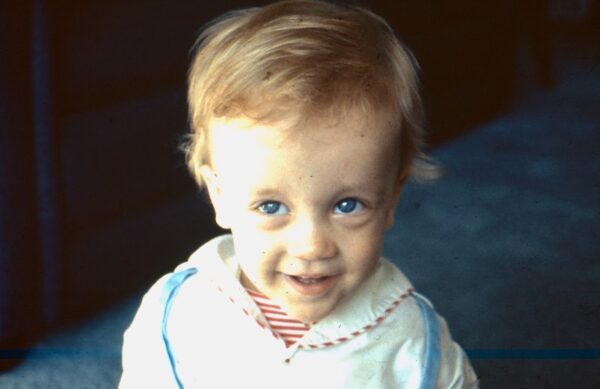
My arrival into this world was far from smooth. While still in the womb, my mother contracted a severe, unidentified virus, which brought about unforeseen complications. This condition accelerated my growth, causing an emergency cesarean section delivery two weeks ahead of the scheduled due date, as I became a substantial threat to my mother’s well-being.
Furthermore, at the time of my birth, I weighed an astonishing 11.5 pounds. My cranial development also exhibited early signs of concern, leading to my hospitalization at the University of Pittsburgh Children’s Hospital when I was just seven weeks old. It was during this critical period that doctors suspected hydrocephalus, a diagnosis that was later confirmed when I reached seven months of age.
My father, Patrick Laing, held the position of an orthopedic surgeon at the University of Pittsburgh. He collaborated closely with esteemed medical professionals such as Dr. Anthony Susen and Dr. Peter Sheptak within the Pittsburgh medical community, as well as with Dr. Donald Matson at Harvard University, to seek expert insights regarding my medical condition. They elected to insert a torkildsen (ventriculocisternal) shunt. Regrettably, the precise details of the surgery are incomplete, as most of the relevant documents were lost long before I even thought about seeking information about it.
Nonetheless, my condition has been very smooth compared to others. I have not required any shunt revisions and my symptoms have been quite mild. I was diagnosed with cerebral palsy (CP), and received assistance from a speech pathologist, in addition to participating in exercise. Although I faced challenges with my working memory, I managed to compensate for it by relying on my strong long-term memory.
I embarked on my educational journey at Montessori school when I was just three years old, mastering the art of reading even before entering first grade. My early school years were smooth, and I eventually transitioned to Shady Side Academy, a college-preparatory institution in the Pittsburgh area, commencing my studies in the 7th grade. Academically, I thrived, but socially, I encountered challenges as I struggled to find a sense of belonging. I eventually discovered a peer group who, like me, had felt like outsiders. Together, we chose to identify ourselves as “The Searchers.”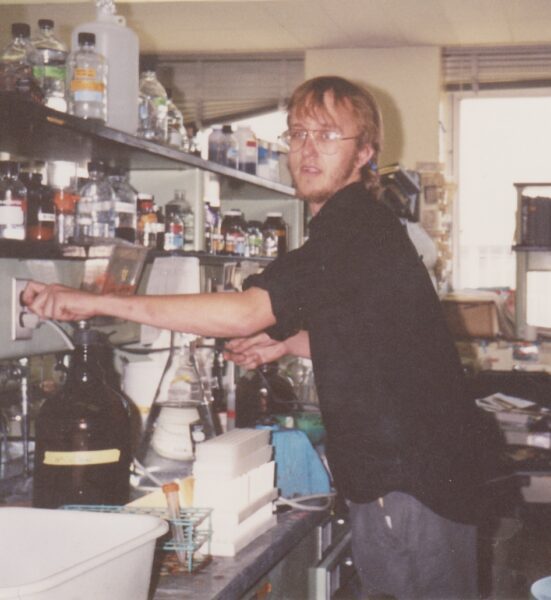
My school required participation in an athletic activity, and after some consideration, I opted for long-distance running. This choice proved to be a strategic one, as it allowed me to overcome my limitations in physical coordination, which had hindered my performance in most other sports. I believe regular exercise helped me with some of the coordination problems that were brought on by my hydrocephalus. I even lettered in cross country in my junior and senior years of high school.
During my time at Shady Side, I developed an interest in math and chemistry. Strong grades and SAT scores opened the doors for me to Cornell University. As I embarked on my journey at Cornell, my focus shifted away from my hydrocephalus, and it almost became a forgotten chapter of my life. I successfully earned a bachelor’s degree in biology from Cornell, forging numerous friendships across the university and even enjoying two stable romantic relationships. Remarkably, throughout this period, I chose not to disclose my hydrocephalus to anyone.
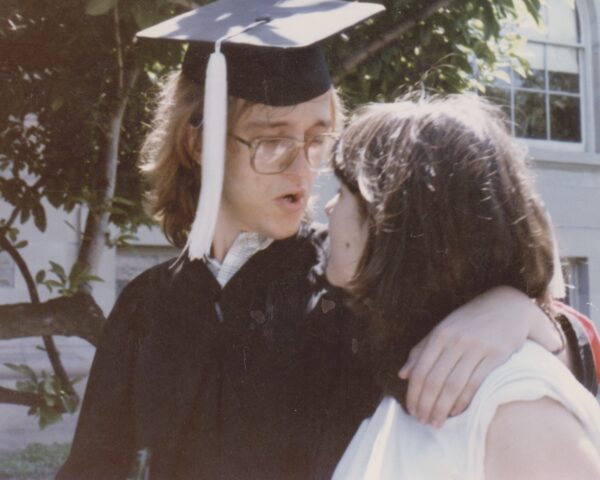 My performance on the GREs paved the way for my acceptance into the graduate program in the Department of Biochemistry at Michigan State University. During my time there, I made significant contributions to my field, publishing four research papers, and successfully completing my PhD in just six years. My specialization was cell biology and protein chemistry. It was at Michigan State University that I had the privilege of crossing paths with Margaret Weck, a remarkable woman who would later become my beloved wife.
My performance on the GREs paved the way for my acceptance into the graduate program in the Department of Biochemistry at Michigan State University. During my time there, I made significant contributions to my field, publishing four research papers, and successfully completing my PhD in just six years. My specialization was cell biology and protein chemistry. It was at Michigan State University that I had the privilege of crossing paths with Margaret Weck, a remarkable woman who would later become my beloved wife.
Following the completion of my PhD, I secured a post-doctoral position within a laboratory dedicated to the study of gap junction proteins at Washington University Medical School in St. Louis. During my tenure there, I published 25 papers spanning various subjects and eventually became a faculty member with the rank of research instructor.
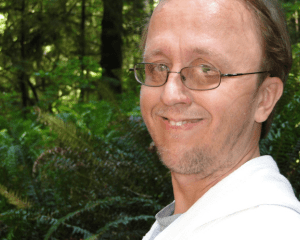 Despite my academic accomplishments, I encountered a persistent obstacle in my pursuit of an NIH R01 grant, a crucial step for establishing one’s own research laboratory. To a significant extent, I attribute my challenges to issues rooted in my hydrocephalus, specifically difficulties with organizational and working memory. These factors ultimately guided my decision to seek alternative career opportunities.
Despite my academic accomplishments, I encountered a persistent obstacle in my pursuit of an NIH R01 grant, a crucial step for establishing one’s own research laboratory. To a significant extent, I attribute my challenges to issues rooted in my hydrocephalus, specifically difficulties with organizational and working memory. These factors ultimately guided my decision to seek alternative career opportunities.
In 2008, I experienced a cycling accident that prompted a visit to the emergency room. During my hospital evaluation, a CAT scan revealed I had pronounced ventriculomegaly. This hospital visit also gave me the opportunity to closely examine my shunt, which essentially consists of a catheter with a metal ring at one end, extending from my right lateral ventricle through my skull and into my cisterna magna. Unfortunately, due to the uncertainty surrounding the metal component, I was placed on the “do not MRI” list at Washington University, preventing me from undergoing magnetic resonance imaging (MRI) scans.
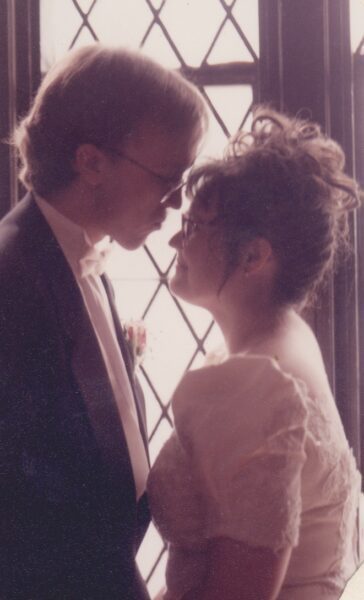
It has now been 14 years since my accident, and I’m doing well. My marriage remains strong, and I continue to manage my stable ventriculomegaly. I developed a yoga routine that helps my flexibility and balance. While my balance has notably enhanced, allowing me to confidently ride a bike, it still falls short of the standards required for certain advanced yoga poses, like free-standing handstands, which remain beyond my reach.
My memory and executive functions can be a bit unreliable, but I am no longer in a situation where these issues pose significant challenges. My shunt is broken, but it’s still draining enough to allow me to maintain a functional daily life. I dedicate a substantial portion of my time to volunteering at the St. Louis Science Center’s Life Science Lab, talking about memory and various brain-related issues that individuals have become aware of through their personal experiences.
I understand that my experience with hydrocephalus is far from typical, but I believe there are lessons to be learned from my experience. I was diagnosed and shunted early, and my first shunt is still effectively managing my condition after 60 years. This has enabled me to attain significant accomplishments and embrace life to the fullest.
Tell us about your journey with hydrocephalus!
Share your story of hope and perseverance with us! We will feature the amazing individuals in our community who are living life to the fullest regardless of their condition! Stories are reviewed by our staff and posted on our website and through social media. Stories should be no more than 800 words long. Click here to submit your story today!
Let’s SHARE. Let’s CONNECT. Let’s raise AWARENESS! Let’s INSPIRE!
For questions, email: communications@hydroassoc.org with the subject line “Share Your Story”.
Become a Grassroots Advocate for Hydrocephalus today! Visit our Advocacy Action Center.
